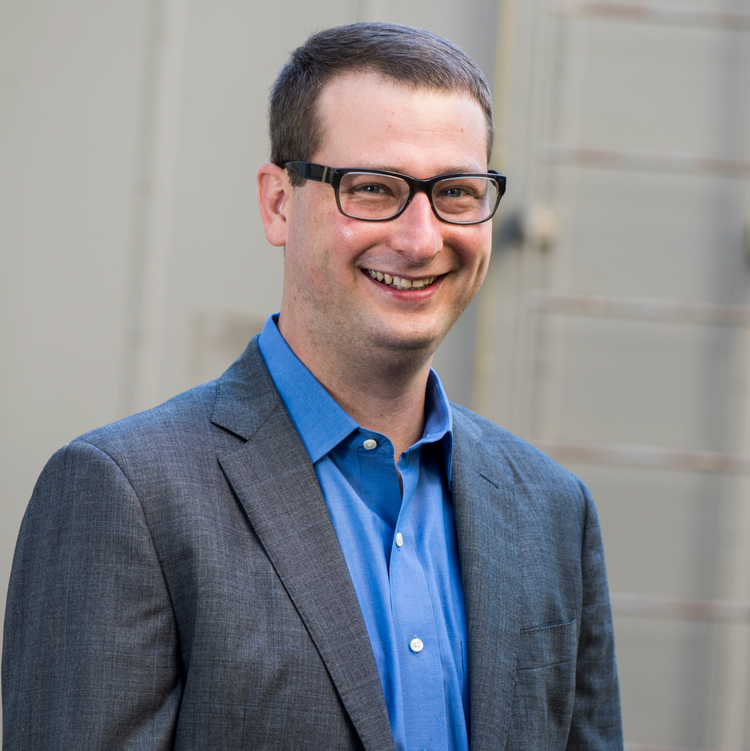
Baker Hughes has acquired the startup Mosaic Materials and plans to deploy its carbon dioxide capture technology across the industrial value chain.
Tom McDonald (Ph.D. '15, Chem) was going to be a professor. That was the plan. He even had a postdoc lined up at Imperial College London and had told his landlord he was moving to Europe. But then Jeff Long, the UC Berkeley professor at the College of Chemistry under whom he was wrapping up his Ph.D., and Steven Kaye, who had also studied under Long, convinced McDonald to give the startup route a shot. So McDonald decided to join Long and Kaye as a co-founder of Mosaic Materials.

Fast forward seven years: Mosaic Materials has refined a new, powerful, low-energy approach to carbon dioxide capture, both from stationary sources and carbon dioxide removal (CDR) from the atmosphere and Houston-based Baker Hughes has acquired the startup in order to further develop and scale the technology.
We created the Activate Fellowship to allow scientists and engineers who are interested in turning their research into a product to answer the question: what if? McDonald could not have pursued the answer had he stayed in academia, but a two fellowship with Activate in 2015 afforded him the time and resources to dive in.
“I considered it long and hard—it was a really close decision between Mosaic and academia. I ended up saying, ‘Well if I don't do this, the technology is gonna die. So yes, I'll do it,” he says.
